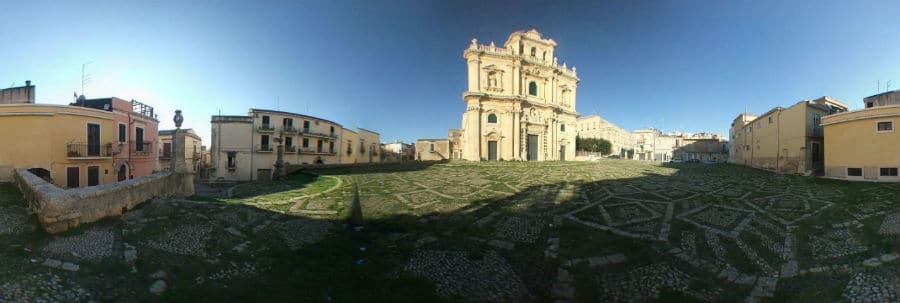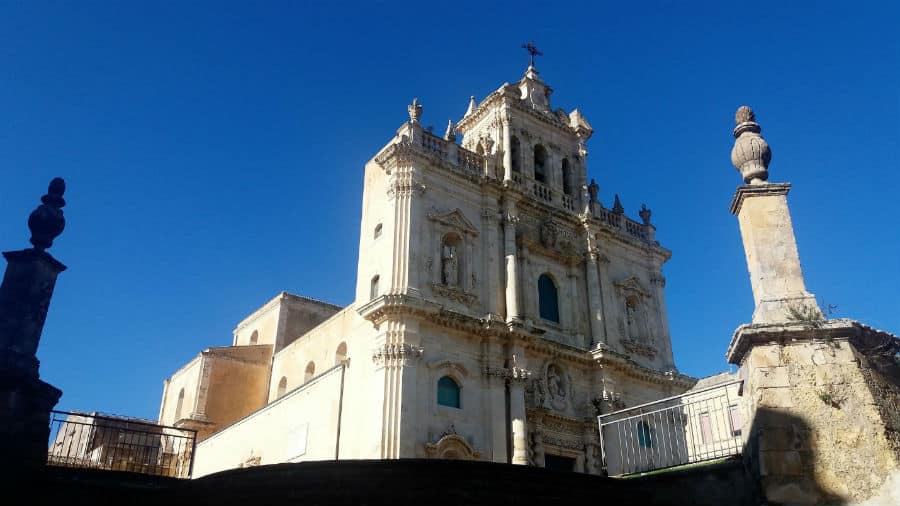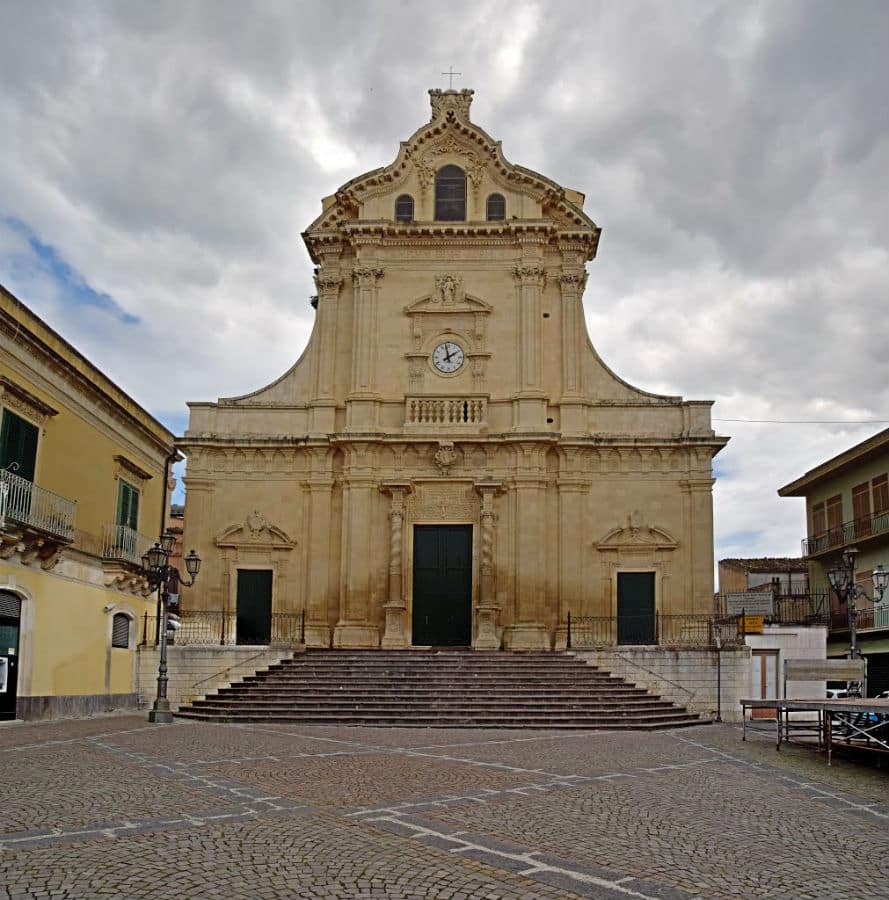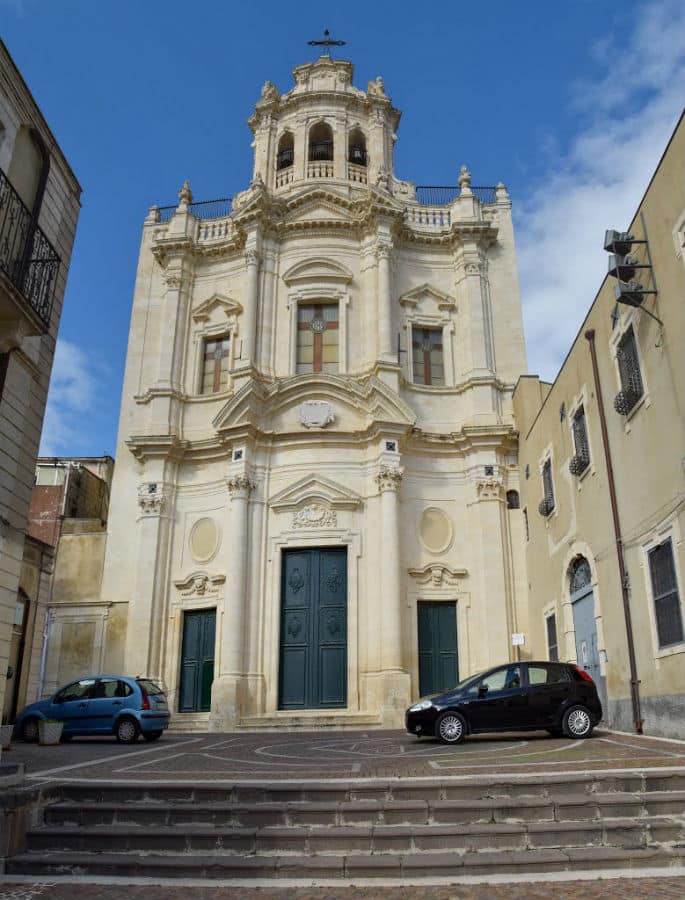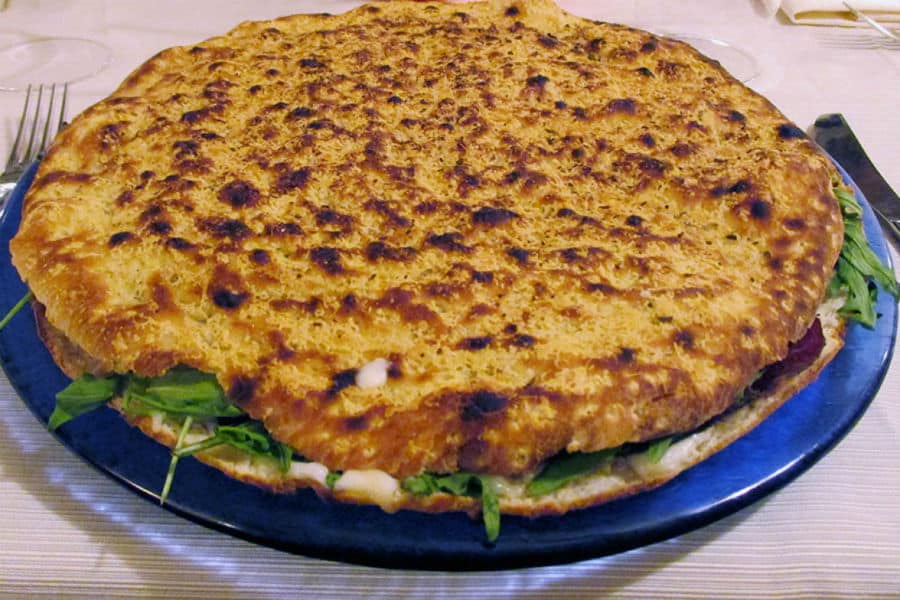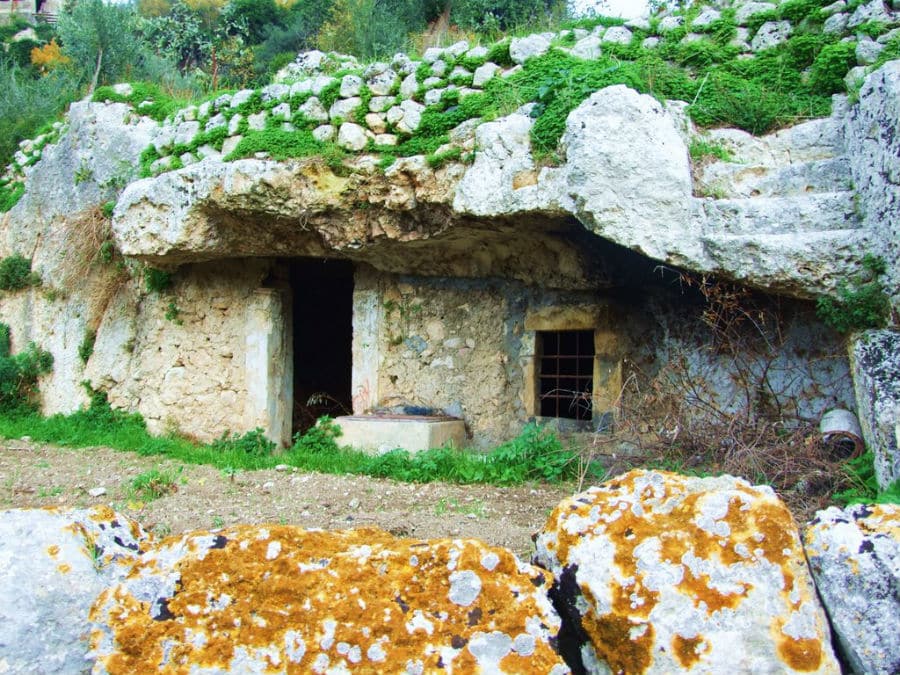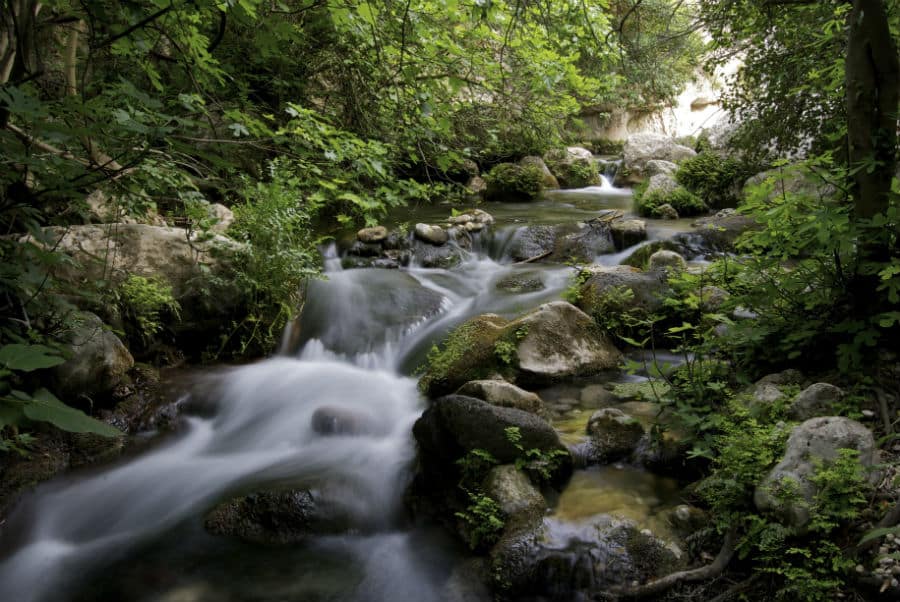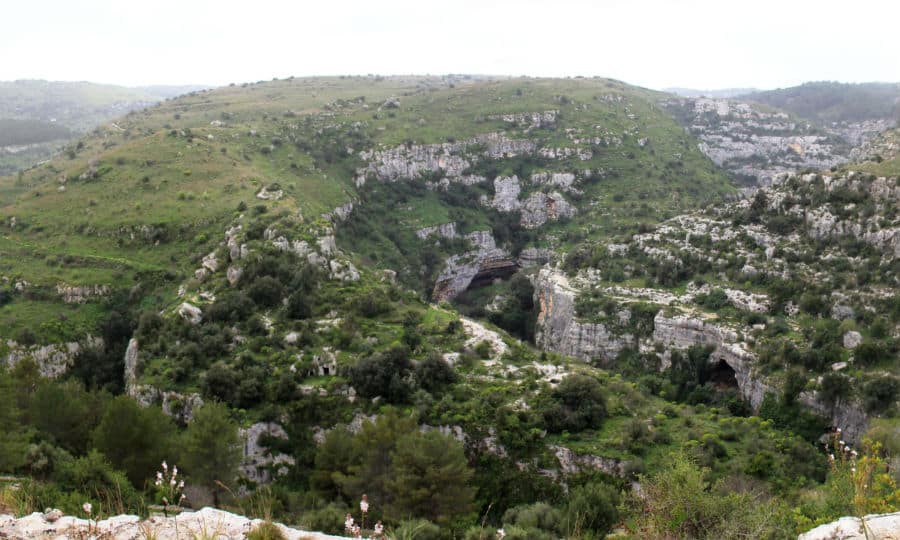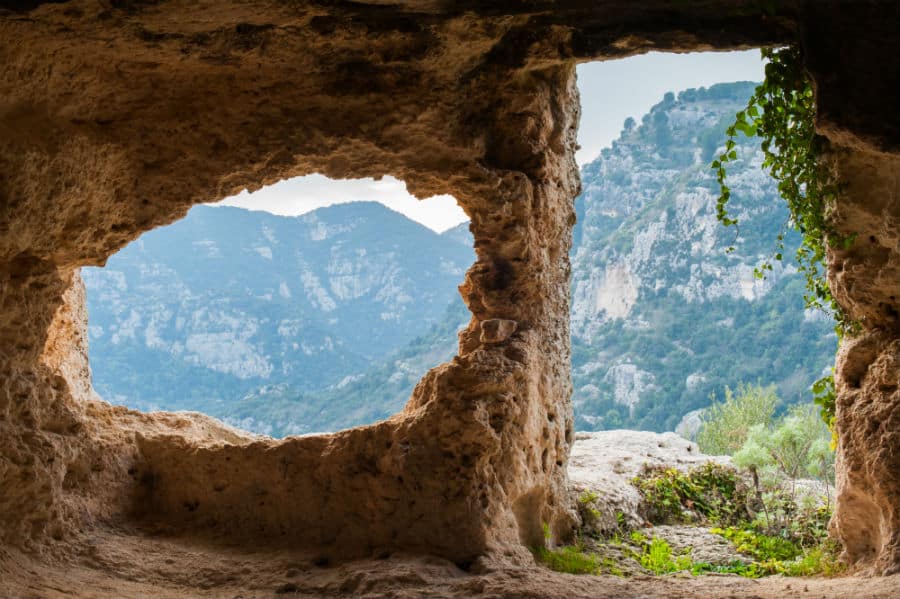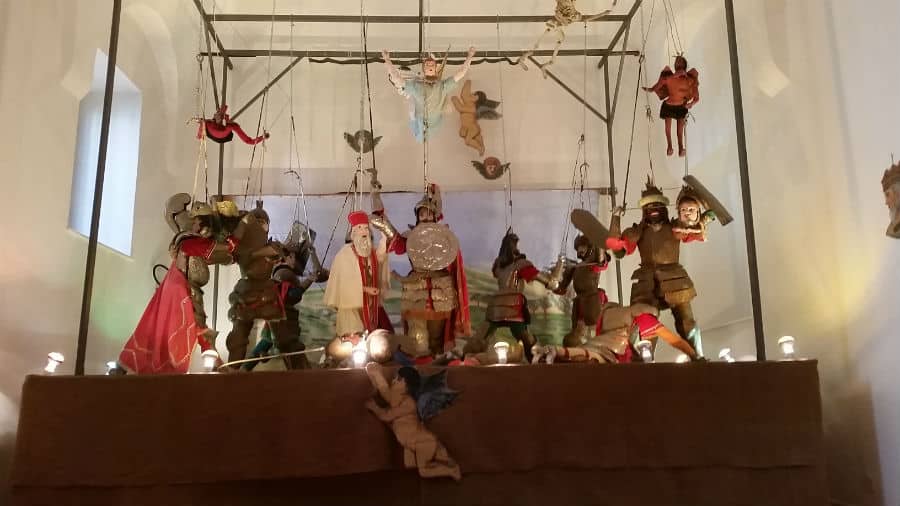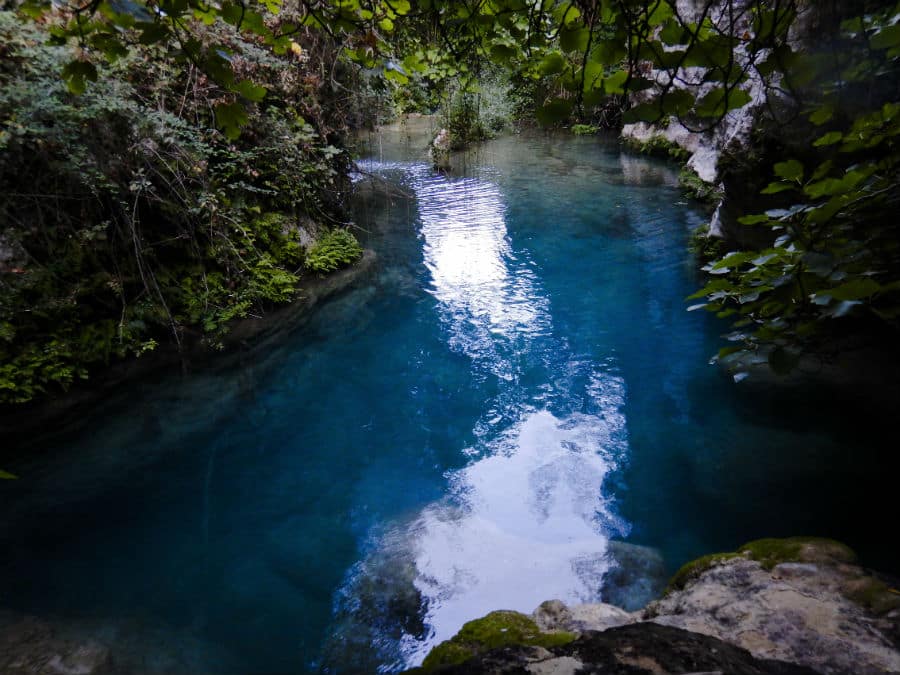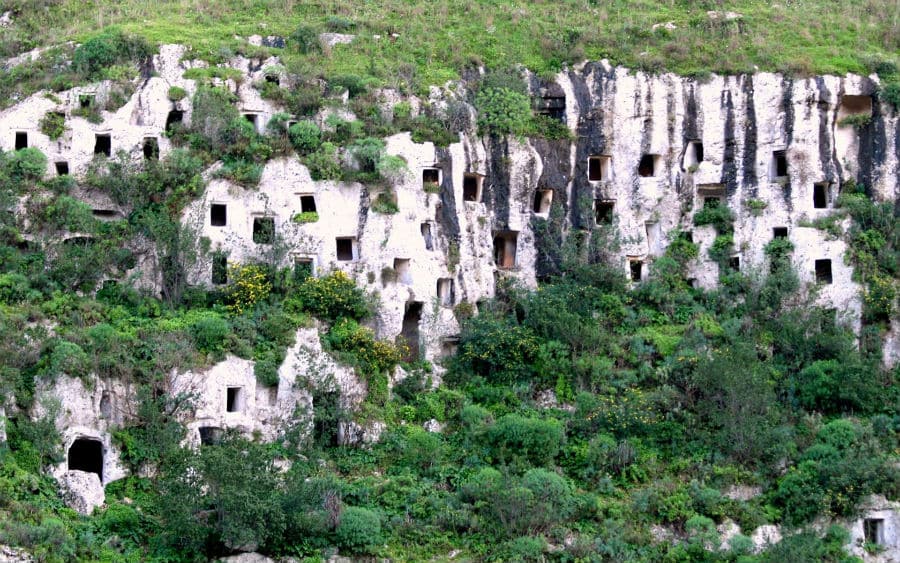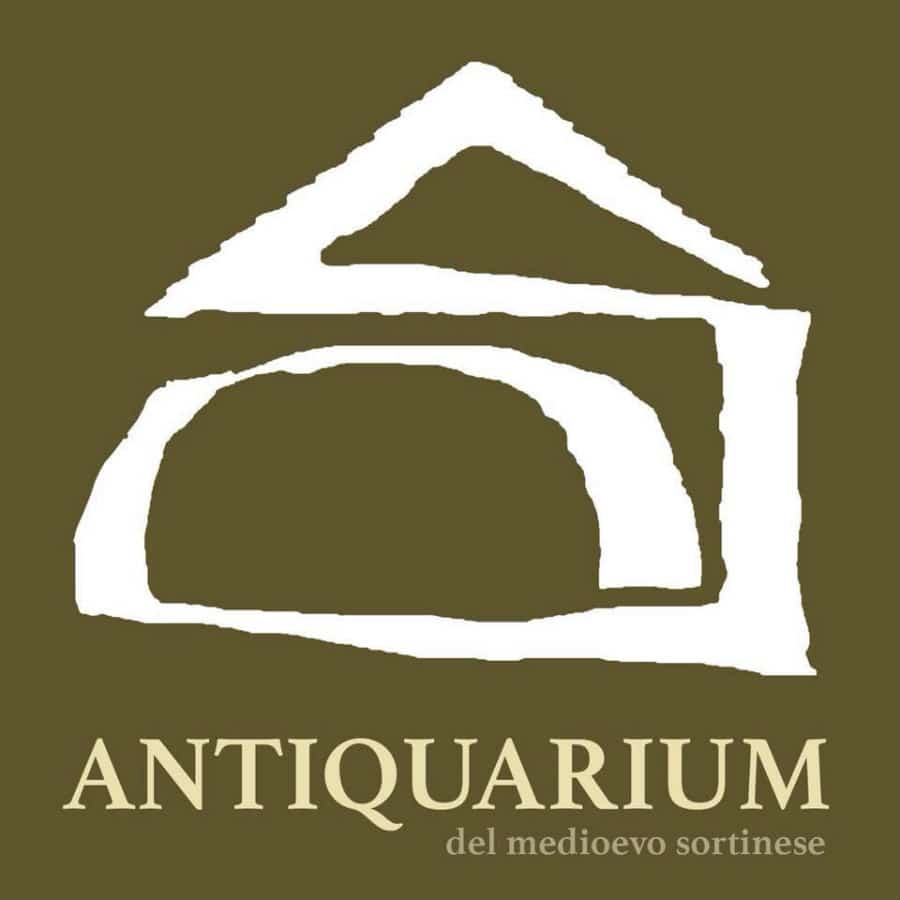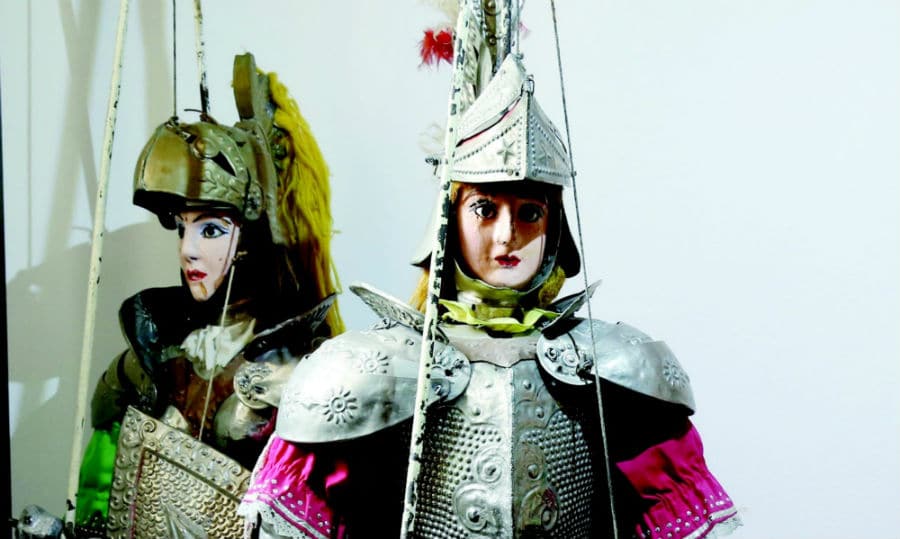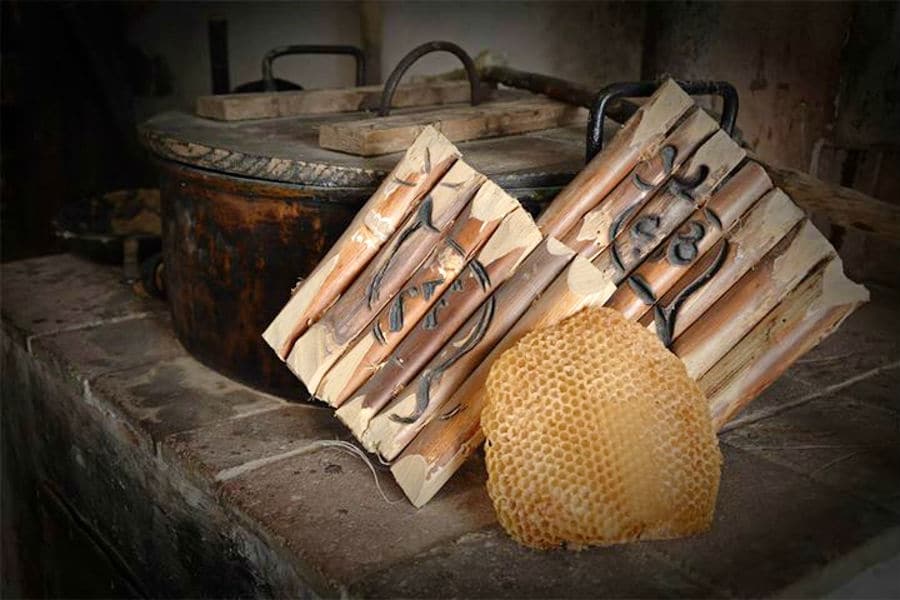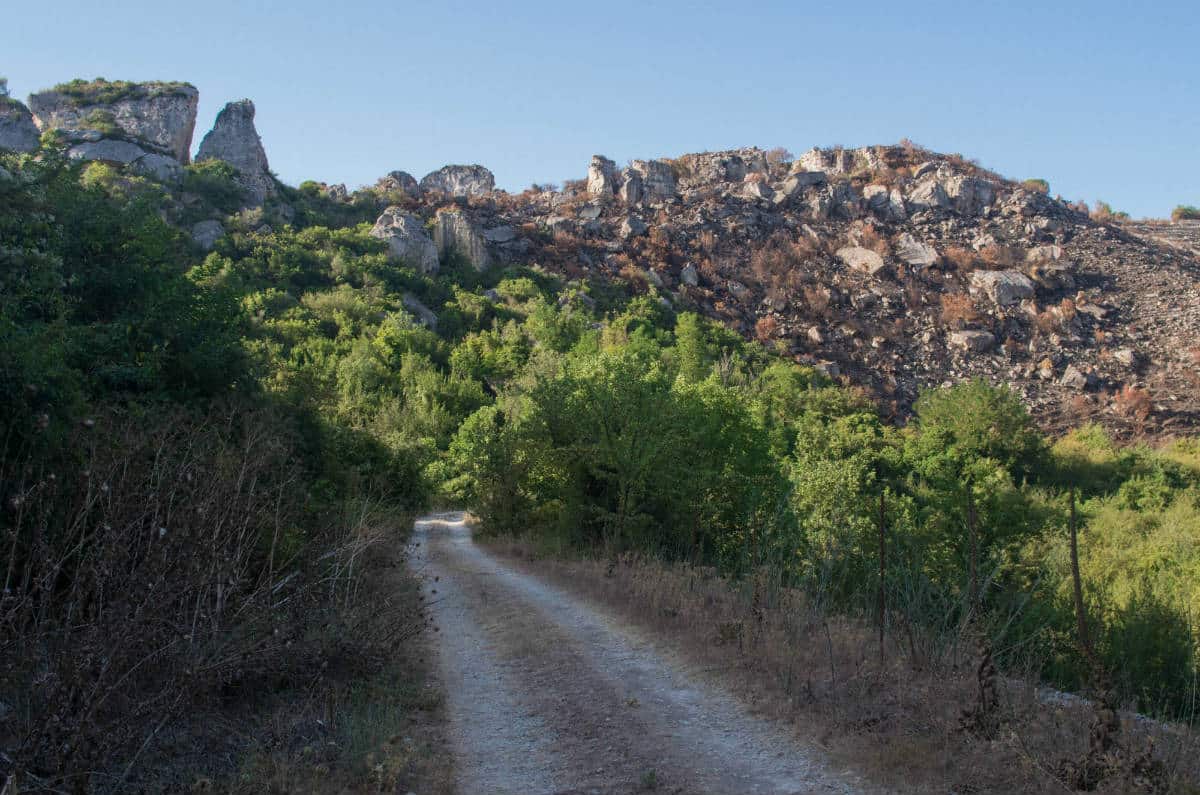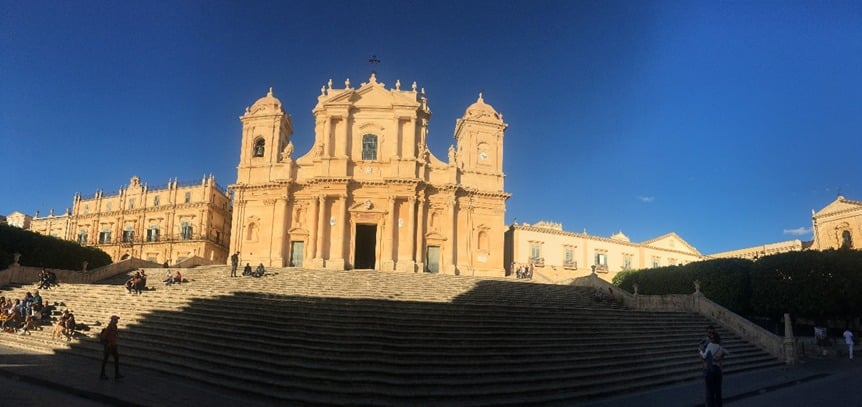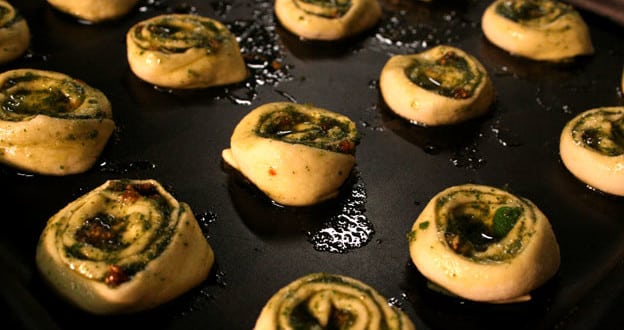Virgilio already spoke about 'ibleo honey'. The long tradition mielaia the gentiles sortinesi transpired in the various generations has led to the production of characteristic honeys, such as thyme, eucalyptus, zagara in addition to the ubiquitous Millefiori. Also desserts that were produced (and you produce) in the days of celebrations, are at the basis of honey as the piretti (hard biscuits of flour and honey with an almond inside), the sphinxes or sfinci (small masses of leavened dough, then fried and seasoned with raw honey) and the sanfurricchi (sweets cooked honey, worked to incorporate air cured and then cut into small pieces).
Other product whose few individuals retain the secrets is a liqueur honey called 'spiritu fascitrari king' (liqueur of mielai they) produced by the distillation of the water is derived from the dissolution of the wax (which contains many residual sugar and honey), then made fermented and distilled, it can be used also "white", but the tradition prefers it 'cunzatu' (seasoned) with honey baked at a very slow fire for several hours.
The Pizzolo (pizzòlu in Sicilian) is a typical product of Sicilian cuisine, in particular that sortinese, but it can be found in all the pizzerias in the province of Syracuse or in suitable take away scattered throughout the province and in some villages of the southeastern Sicily. Consists of a round pizza approximately 20 cm in diameter, superficially seasoned with olive oil, oregano, pepper and parmesan cheese and salt, stuffed with various ingredients, salted (in this case the filling will be based on cured meats, vegetables, cheeses, meat) or sweet (filled with cream Pistachio, chocolate cream and ricotta cheese and honey). It is, however, a typical dish of the peasant tradition of Sortino - that in his original recipe consisted of a loaf stuffed with vegetables miscellaneous - marketed only recently
Other product typically sortinese, but rarely marketed, is the loaf (or sortinese la 'nfigghiulata) stuffed with figs and nipitedda (Nepeta).


